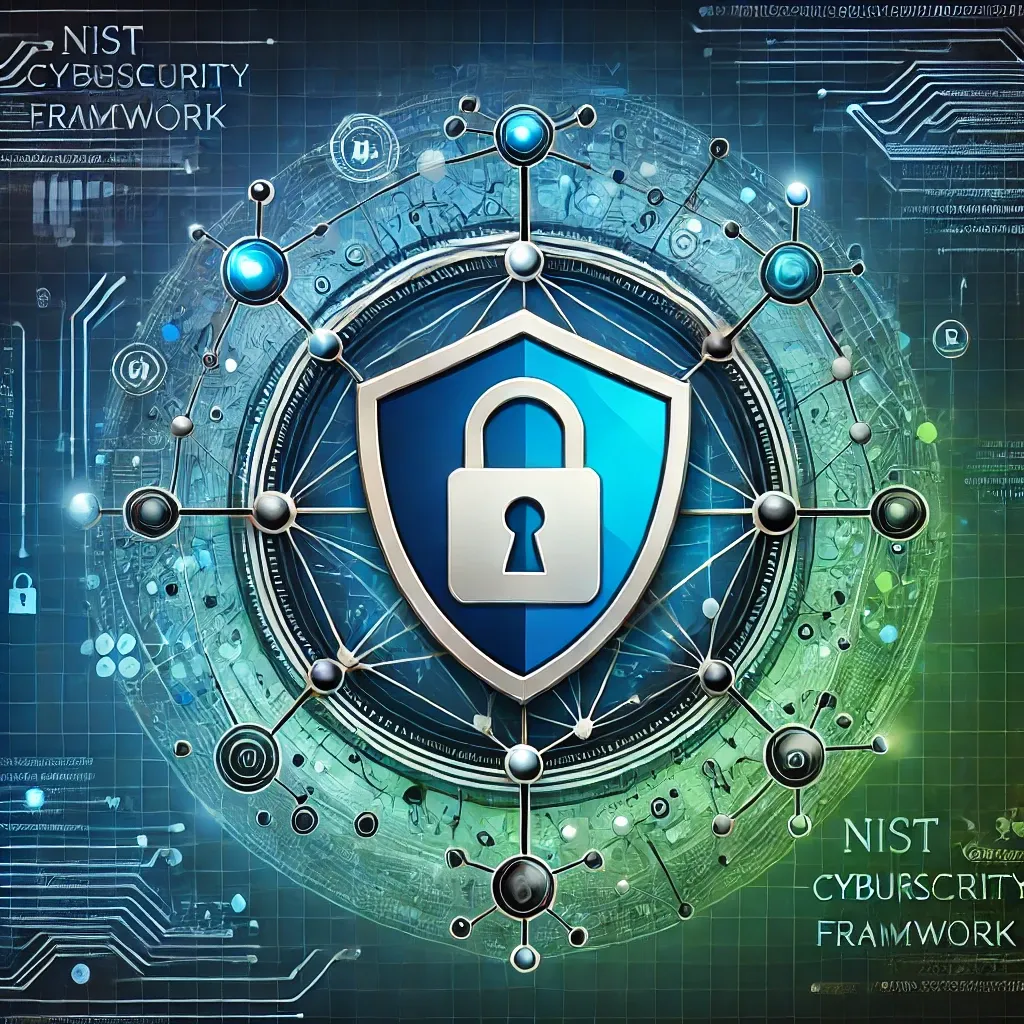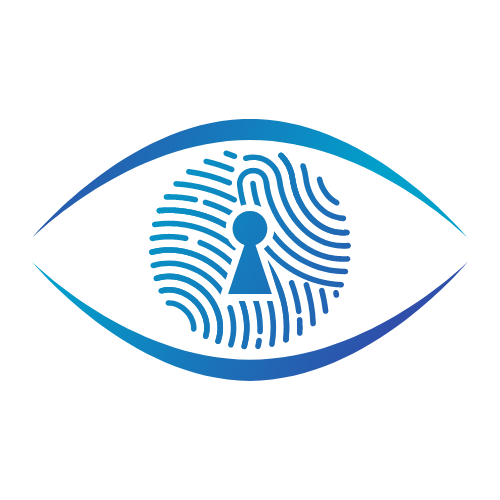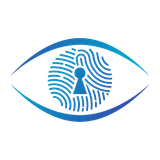The NIST Cybersecurity Framework (CSF) 2.0: A Comprehensive Guide for Your Compliance Hub
August 2024 brought significant developments in global compliance including the EU AI Act implementation timeline, new state-level AI frameworks in the U.S., and enhanced data protection regulations across Asia-Pacific. This comprehensive update provides key insights for compliance professionals.

Welcome to your compliance hub's in-depth guide to the NIST Cybersecurity Framework (CSF) 2.0. As cybersecurity threats continue to evolve and proliferate, establishing a robust and adaptable cybersecurity program is paramount for organizations of all sizes and across all sectors. The NIST CSF 2.0 provides a comprehensive and flexible structure to help you understand, assess, prioritize, and communicate your cybersecurity efforts. This article will delve into the key components of the framework, highlight the significant updates in version 2.0, and explain how your organization can leverage it to enhance its cybersecurity resilience and meet various compliance obligations.
What is the NIST Cybersecurity Framework (CSF) 2.0?
The NIST CSF 2.0, published by the National Institute of Standards and Technology (NIST), is a voluntary framework that offers guidance to industry, government agencies, and other organizations on how to manage cybersecurity risks. It provides a taxonomy of high-level cybersecurity outcomes that can be adopted by any organization, regardless of its size, sector, or maturity level. Unlike prescriptive standards, the CSF does not dictate how outcomes should be achieved. Instead, it links to a wealth of online resources offering additional guidance on practices and controls that can be used to reach those objectives.
Originally known as the "Framework for Improving Critical Infrastructure Cybersecurity," this title has been retired with the release of CSF 2.0, signifying its broadened applicability beyond critical infrastructure. The framework is the result of a multi-year collaborative effort involving industry, academia, and government stakeholders worldwide.
The primary goal of the CSF 2.0 is to help organizations better understand and improve their management of cybersecurity risk. It provides a common language for discussing and addressing cybersecurity risks both internally and with external stakeholders. By adopting the CSF, organizations can develop a cybersecurity program that is aligned with their business objectives and risk tolerance levels.
The Core Components: Functions, Categories, and Subcategories
At the heart of the NIST CSF 2.0 lies the Core, which is a set of cybersecurity outcomes organized into three levels: Functions, Categories, and Subcategories. The Core provides a high-level, strategic view of the cybersecurity lifecycle. It is not a checklist of actions but rather a structure to help operationalize risk management within an organization. The order and size of these components do not imply sequence or importance.
The CSF 2.0 Core consists of six Functions:
- Govern (GV): This is a new function introduced in CSF 2.0. It focuses on establishing and monitoring the organization's cybersecurity risk management strategy, expectations, and policy. It emphasizes the importance of understanding the organizational context, legal and regulatory requirements, and roles and responsibilities related to cybersecurity. This addition recognizes that risk decisions made by practitioners should align with the guidance and expectations of organizational leaders.
- Identify (ID): This Function involves developing an organizational understanding of managing cybersecurity risk to systems, people, assets, data, and capabilities. Key Categories include Asset Management, Business Environment, Risk Assessment, and Supply Chain Risk Management.
- Protect (PR): This Function outlines safeguards to limit or contain the impact of a potential cybersecurity event. Categories include Identity Management, Authentication, and Access Control; Awareness and Training; Data Security; Information Protection Processes and Procedures; and Maintenance.
- Detect (DE): This Function defines activities to identify the occurrence of a cybersecurity event. Categories include Anomalies and Events, Security Continuous Monitoring, and Detection Processes.
- Respond (RS): This Function includes activities to take action regarding a detected cybersecurity incident. Categories include Response Planning, Analysis, Mitigation, and Improvements.
- Recover (RC): This Function involves activities to restore capabilities and services impaired due to a cybersecurity incident. Categories include Recovery Planning, Improvements, and Communications.
Each Function is further divided into Categories, which are groupings of cybersecurity outcomes related to those Functions. For example, within the Identify Function, "Asset Management" is a Category.
Finally, each Category contains Subcategories, which are more specific outcomes of technical and management cybersecurity activities. Subcategories are phrased as outcomes that an organization should aim to achieve, without prescribing specific methods. For instance, under the "Asset Management" Category, a Subcategory might be "Physical devices and systems within the organization are inventoried".
Key Updates and Changes in CSF 2.0
Version 2.0 of the NIST Cybersecurity Framework introduces several significant updates and enhancements, building upon the widely adopted foundation of version 1.1.
- Introduction of the Govern Function: As highlighted earlier, the addition of the Govern Function is a major change, elevating organizational governance and risk management strategy to a primary focus. Previously, aspects of governance were implicitly included within the Identify Function. This new Function aims to foster better communication and alignment between cybersecurity practices and broader organizational objectives.
- Emphasis on Supply Chain Risk Management (C-SCRM): While C-SCRM was introduced as a subcategory in version 1.1, CSF 2.0 places even greater emphasis on managing risks associated with an organization's supply chain. The Govern Function now includes categories specifically addressing supply chain risk management strategy. NIST also provides dedicated Quick Start Guides for C-SCRM. Understanding and managing supply chain risks is crucial, as compromises of third-party vendors can have significant repercussions for an organization.
- Enhanced Focus on Measurement: The update addresses the challenge of measuring the effectiveness of cybersecurity efforts. While not explicitly defining metrics, CSF 2.0 encourages organizations to think about what is important to measure, such as the number of incidents, patch rates, or downtime, to drive continuous improvement. NIST SP 800-55 (a draft) provides further guidance on performance measurement.
- Improved Clarity and Actionability: Based on community feedback, NIST has worked to enhance the clarity and actionability of the framework's language. The aim is to provide enough detail to be useful without being overly prescriptive. The ongoing development of Implementation Examples further supports this goal by illustrating potential ways to achieve the outcomes of the Subcategories.
- Online Resources and the Cybersecurity and Privacy Reference Tool (CPRT): NIST is increasingly focusing on providing supplementary resources online, which allows for more frequent updates and machine-readable formats. The CPRT is being developed to serve as a centralized hub for Informative References, Implementation Examples, and other supporting materials, making it easier for organizations to navigate and utilize the CSF.
- Shift in Terminology: The introduction of "Community Profiles" formally recognizes the use of CSF Profiles by groups of organizations with shared interests. This differentiates them from "Organizational Profiles," which are internally focused.
Applying the CSF 2.0: Profiles and Tiers
The NIST CSF 2.0 is designed to be flexible and tailorable to meet the unique needs of each organization. Two key concepts that support this flexibility are Profiles and Tiers.
Profiles:
A CSF Profile is a snapshot of an organization's cybersecurity posture in terms of the CSF Core outcomes. It represents what an organization is currently doing (Current Profile) and what it wants to achieve (Target Profile).
- Organizational Profiles: These are developed by individual organizations to describe their current cybersecurity capabilities and desired target state. By comparing the Current and Target Profiles, organizations can identify gaps and prioritize activities for improvement. Organizational Profiles can also be used to communicate cybersecurity capabilities to external stakeholders.
- Community Profiles: These are developed and published by groups of organizations with shared interests, such as a specific sector, technology, or common threats. They outline shared cybersecurity risk management priorities and can serve as a baseline for individual organizations to develop their own Target Profiles. NIST's National Cybersecurity Center of Excellence (NCCoE) has collaborated with communities to create various Community Profiles.
Tiers:
CSF Tiers describe the degree to which an organization's cybersecurity risk management practices exhibit the characteristics defined in the Framework. They range from Tier 1 (Partial) to Tier 4 (Adaptive), indicating an increasing level of sophistication and integration of cybersecurity risk management across the organization. Tiers are not maturity levels but rather provide a way to characterize the rigor of an organization's practices and inform discussions about risk management capabilities. Progression to higher Tiers is encouraged when risks or mandates necessitate it and when cost-benefit analysis supports it.
Leveraging Online Resources: Informative References, Implementation Examples, and Quick Start Guides
To facilitate the adoption and use of the CSF 2.0, NIST and other organizations provide a suite of valuable online resources. These resources are updated more frequently than the core document, ensuring users have access to the latest information.
- Informative References (Mappings): These resources map the Subcategories of the CSF Core to various existing global standards, guidelines, frameworks, regulations, and policies. They help organizations understand how achieving CSF outcomes aligns with requirements from other sources, such as ISO 27001, SOC 2, HIPAA, and GDPR. Suggestions for new Informative References can be submitted to NIST.
- Implementation Examples: These provide notional, action-oriented steps that organizations can take to achieve the outcomes of the Subcategories. They are intended to illustrate potential approaches and are not exhaustive or mandatory.
- Quick Start Guides (QSGs): These are brief documents focusing on specific CSF-related topics, often tailored to particular audiences. QSGs offer actionable "first steps" for organizations looking to improve their cybersecurity posture and manage associated risks, including guidance on creating Organizational Profiles and addressing C-SCRM. New guides are added as needed.
The NIST Cybersecurity Framework Reference Tool serves as a central platform to explore the CSF 2.0 Core, Informative References, and Implementation Examples in both human- and machine-readable formats.
Integrating the CSF 2.0 with Other Compliance Frameworks
A significant benefit of adopting the NIST CSF 2.0 is its ability to complement and integrate with other cybersecurity standards and compliance frameworks. The Informative References provide clear mappings to numerous frameworks, allowing organizations to leverage their CSF implementation to address multiple compliance requirements.
For example, the CSF can be used in conjunction with:
- ISO 27001: The CSF's outcome-based approach aligns well with the control objectives of ISO 27001, providing a framework for implementing and managing an Information Security Management System (ISMS).
- SOC 2: While SOC 2 has specific requirements for service providers, the NIST CSF can provide a strong foundation for establishing the necessary security controls and practices.
- CMMC (Cybersecurity Maturity Model Certification): The CSF can help organizations understand and implement many of the cybersecurity practices required for CMMC compliance, particularly at lower levels.
- HIPAA (Health Insurance Portability and Accountability Act): The CSF can assist healthcare organizations in establishing administrative, physical, and technical safeguards to protect electronic Protected Health Information (ePHI).
- GDPR (General Data Protection Regulation): The CSF's focus on data security and risk management aligns with the principles of GDPR, helping organizations to implement appropriate technical and organizational measures.
By using the NIST CSF as a central framework, organizations can streamline their compliance efforts, reduce redundancy, and ensure a more holistic approach to cybersecurity.
Real-World Implementation Examples and Benefits
Numerous organizations across various industries have successfully adopted the NIST Cybersecurity Framework, realizing significant benefits.
- Boeing adopted the CSF to secure intellectual property and manufacturing systems from supply chain risks.
- The Defense Industrial Base Sector utilizes the framework to mitigate vulnerabilities in production workflows.
- A mid-sized financial institution used the CSF to address regulatory pressures and growing cyber threats by developing an Information Security Policy aligned with the framework.
- Optic Cyber Solutions, a smaller organization, used the CSF Core and Profiles to evaluate current capabilities and set clear goals, demonstrating its flexibility for organizations of all sizes.
- The National Institutes of Health (NIH) adopted the CSF across its 21 institutes to align cybersecurity efforts and meet diverse compliance requirements.
Key benefits reported by organizations adopting the NIST CSF include:
- Reduced cyber risks.
- Improved stakeholder trust.
- Streamlined compliance efforts.
- Enhanced protection of proprietary data and operational technology (OT).
- Scalable solutions for cloud security and data protection.
- Better risk prioritization, focusing on high-impact areas like supply chains and incident response.
- Improved collaboration and communication through a common cybersecurity language.
These examples highlight the versatility and adaptability of the NIST CSF across different organizational sizes and threat landscapes.
Getting Started with the NIST CSF 2.0
Implementing the NIST Cybersecurity Framework 2.0 is a journey that involves several key steps.
- Understand the Framework: Familiarize yourself with the Core Functions, Categories, and Subcategories. Review the NIST CSF 2.0 document and explore the online resources.
- Define Your Scope: Determine the scope of your CSF implementation. Will it cover the entire organization, specific business units, or particular systems?.
- Conduct a Risk Assessment: Identify your organization's critical assets, potential threats, and vulnerabilities. Understand your business objectives and regulatory requirements.
- Create a Current Profile: Describe your organization's current cybersecurity posture by mapping your existing controls and practices to the CSF Subcategories.
- Develop a Target Profile: Based on your risk assessment and business objectives, define your desired future state in terms of the CSF outcomes. Consider using Community Profiles as a starting point if applicable.
- Identify and Prioritize Gaps: Compare your Current and Target Profiles to identify areas for improvement. Prioritize these gaps based on risk and business impact.
- Develop and Implement an Action Plan: Create a plan to address the identified gaps, outlining specific actions, responsible parties, and timelines.
- Continuously Monitor and Improve: Cybersecurity is an ongoing process. Regularly assess your cybersecurity posture, monitor for new threats and vulnerabilities, and update your CSF implementation as needed.
NIST provides various resources to assist with implementation, including Quick Start Guides for creating Organizational Profiles. Organizations can also leverage the NIST Cybersecurity Framework Reference Tool to explore the Core and related resources. Consulting with cybersecurity professionals experienced in NIST CSF implementation can also be beneficial.
The Importance of Community Engagement
The NIST Cybersecurity Framework is a community-driven effort. NIST actively seeks feedback from the community to ensure the framework remains relevant and effective. Organizations are encouraged to engage with NIST and participate in forums like CForum to share their experiences, ask questions, and contribute to the ongoing evolution of the CSF. Providing feedback on draft versions and suggesting new resources helps to ensure the framework continues to meet the needs of a diverse range of organizations.
Conclusion
The NIST Cybersecurity Framework 2.0 provides a valuable and adaptable resource for organizations seeking to enhance their cybersecurity resilience and meet compliance obligations. By understanding its core components, leveraging the available online resources, and engaging with the broader cybersecurity community, your organization can effectively utilize the CSF to manage risk, improve communication, and build a stronger, more secure future. This in-depth guide serves as a starting point for your journey towards a more robust and well-governed cybersecurity posture based on the principles of the NIST Cybersecurity Framework 2.0.





